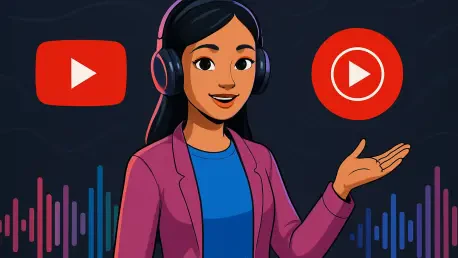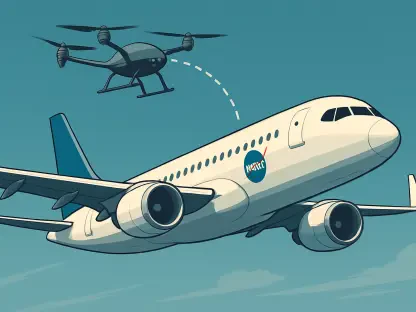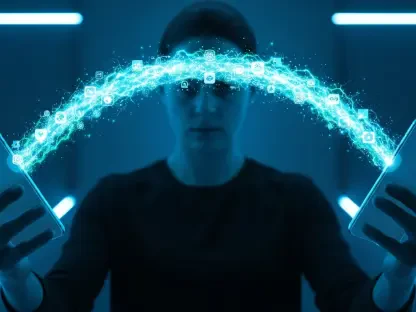I’m thrilled to sit down with Oscar Vail, a renowned technology expert whose deep dive into emerging fields like quantum computing, robotics, and open-source projects has positioned him as a leading voice in the industry. Today, we’re exploring the exciting world of digital music platforms, focusing on YouTube Music’s latest innovations. Our conversation touches on the newly launched YouTube Labs initiative, the intriguing AI music hosts feature, how it stacks up against similar offerings, and what the future might hold for AI-driven experiments on the platform.
Can you walk us through the vision behind YouTube Labs and what it aims to achieve with AI on the platform?
Absolutely. YouTube Labs is a dedicated space for pushing the boundaries of artificial intelligence within the YouTube ecosystem. The primary goal is to explore how AI can enhance user experiences in creative and meaningful ways, whether that’s through personalized content delivery or interactive features. It’s about testing bold ideas that could redefine how we engage with video and music content, with a strong focus on innovation and user feedback to shape the future of the platform.
How does YouTube Labs differ from the previous experimental features page that users might be familiar with?
The earlier experimental features page, which lived at youtube.com/new, was more of a general testing ground for various tweaks and tools, like playback speed adjustments or audio quality enhancements. YouTube Labs, while hosted at the same URL, represents a rebranding with a sharper focus on AI-driven experiments. It’s not just about small updates anymore; it’s a deliberate effort to explore transformative technologies, starting with features like AI music hosts in YouTube Music.
Let’s dive into the AI music hosts feature on YouTube Music. How does it aim to enrich the listening experience for users?
The AI music hosts feature is designed to make listening feel more dynamic and personal. These virtual hosts act like radio DJs, popping in between tracks to share relevant stories, fan trivia, or lighthearted commentary. It’s about creating a sense of connection and context, turning a passive playlist into something that feels curated and alive, almost like you’ve got a friend guiding you through the music.
What kind of content do these AI hosts typically share during a listening session?
From what we’ve seen, the content varies to keep things engaging. It could be a quick backstory about the artist you’re listening to, a fun fact about the song’s history, or even trivia related to fan culture around a particular band. The idea is to sprinkle in bits of information or humor that complement the music without overpowering the listening experience itself.
How can users actually access this AI music hosts feature within the YouTube Music app?
For those who are part of the initial test group, accessing the feature is pretty straightforward. Once it’s available in your account, you’ll notice a new button on the “now playing” screen, right next to the thumbs up and thumbs down icons. Tapping that button enables the AI-powered commentary, allowing the hosts to interject between tracks. It’s a simple toggle, so you can turn it on or off based on your mood.
When comparing this to Spotify’s AI DJ, what similarities or differences stand out to you?
There are definitely parallels between YouTube Music’s AI music hosts and Spotify’s AI DJ. Both aim to personalize the listening journey with AI-generated commentary that feels like a human touch. However, YouTube’s approach seems to lean more into storytelling and trivia, aiming for an educational or conversational vibe. Spotify’s AI DJ often focuses on contextual introductions tied to your listening habits. YouTube’s integration within a broader video platform also hints at potential for richer multimedia tie-ins down the line.
Who currently has access to test the AI music hosts feature, and why is it so limited right now?
At the moment, the feature is only available to a small group of users in the US. This limited rollout is typical for experimental features—it allows the team to gather focused feedback and iron out any kinks before a wider release. While it’s not explicitly confirmed, there’s a strong indication that access might be tied to YouTube Premium subscriptions, given the branding on the announcement. Limiting it geographically and by user group helps manage the scale of the test and ensures they can refine the AI’s performance.
What has the early feedback been like from users who’ve tried the AI music hosts?
From what’s been shared so far, feedback is a mixed bag but largely positive. Users seem to enjoy the added layer of engagement, especially when the commentary is relevant and well-timed. Some have pointed out that the AI’s tone or content can occasionally feel off or repetitive, though. The team behind YouTube Labs is actively listening to this input, using it to tweak the algorithms and improve how the hosts interact with listeners.
Looking ahead, can you give us a hint about other AI experiments or features that might be coming out of YouTube Labs?
While specifics are under wraps, I can say that YouTube Labs is likely to explore more AI tools that personalize and enhance user interaction across both music and video content. Think along the lines of smarter recommendation systems or interactive elements that adapt to your preferences in real-time. Music will probably remain a key focus, but I wouldn’t be surprised if we see experiments touching on video annotations or creator tools as well, given the platform’s broad scope.
What’s your forecast for the role of AI in shaping the future of streaming platforms like YouTube Music?
I believe AI is set to become the backbone of streaming platforms in the next few years. It’s not just about personalization anymore; it’s about creating experiences that feel uniquely human, even if they’re powered by algorithms. For YouTube Music, I foresee AI evolving to anticipate user needs—whether that’s curating playlists based on mood, integrating live event snippets, or even generating custom content. The challenge will be balancing innovation with authenticity, ensuring users feel connected rather than overwhelmed by tech. I’m optimistic we’ll see a wave of features that make streaming more immersive and interactive than ever before.









